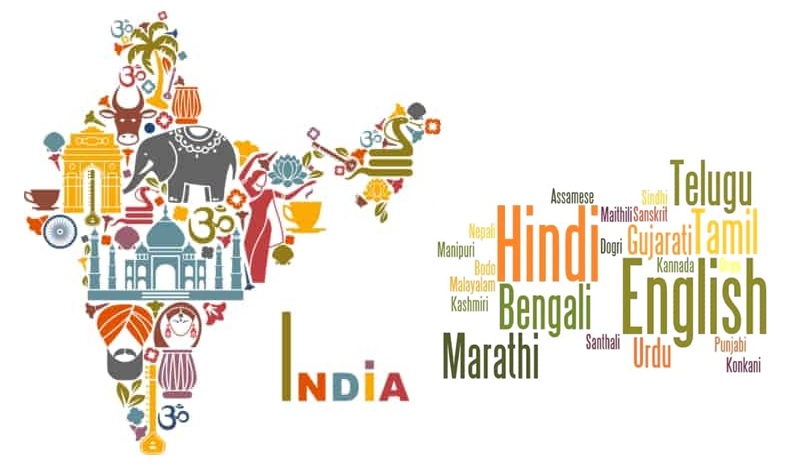
India has a federal form of government in which there is one government at the centre and every state has its own government. The constitution of India clearly specifies the functions and powers to mobilize resources of the union and the state governments.
As far as functions are concerned there is a threefold classification.
GET INSTANT HELP FROM EXPERTS!
- Looking for any kind of help on your academic work (essay, assignment, project)?
- Want us to review, proofread or tidy up your work?
- Want a helping hand so that you can focus on the more important tasks?
Hire us as project guide/assistant. Contact us for more information
- There are some functions which are exclusively given to the central government
- There are some functions which are exclusively given to the state governments
- There are some functions which are performed by both the centre and the state governments (concurrent list).
Division of Functions
Union functions: The functions given to the central government include defence, armed forces, foreign affairs, shipping, navigation and aviation, national highways, post & telegraphs, telephones, other means of communication, banking & insurance, foreign trade, foreign exchange, inter- state trade & commerce, census etc.
State functions: The functions allocated or given to state governments include police, law and order, public health, sanitation, hospitals, education, roads and bridges, agriculture and irrigation, inter-state trade and commerce.
The concurrent list: it includes criminal law, bankruptcy, economic and social planning, labour welfare, social security and social insurance, industrial and labour disputes, price control, and adulteration of foodstuffs.
Division of Resources
In a federal set up, if there is division of functions, then there should also be division of resources between the centre and the states. It means the centre and the state governments must have their own sources of revenue to perform their functions effectively. The sources of revenue could include taxes, grant – in – aid and loans. The state governments receive grants – in – aid and loans from the centre to fill their revenue deficits.
Union list or resources
The union taxes as laid down in list I, 7th schedule of the constitution are as follows:
- Taxes on income other than agricultural income
- Corporation tax
- Custom duties
- Excise duty on commodities except on alcoholic liquors and narcotics
- Estate duties and succession and other than on agricultural land
- Taxes on capital value of assets
- Stamp duties on financial documents
- Taxes on sale or purchase of newspapers and advertisements there in
- Taxes on railway freights and fares
State list or resources:
The state taxes as laid in list II, 7th schedule of the constitution as follows:
- Land Revenue
- Taxes on sale and purchase of goods except newspapers
- Taxes on agricultural income
- Taxes on land and buildings
- Estate duties on agricultural land
- Excise duty on alcoholic liquors and narcotics
- Taxes on consumption and sale of electricity
- Taxes on vehicles, animals
- Taxes on goods and passengers carried by road
- Taxes on luxuries, entertainments, and gambling
- Toll taxes
- Taxes on advertisements
- Fees excluding court fees
- Taxes on profession, trades, employment
Tax Revenue: Distribution and allocation of central revenue between centre and states
There are some taxes which are levied by the union but shared partly or wholly with the states. These are of following four categories:
a) Duties levied by the centre but are collected and used by the states. (stamp duties, excise duties on alcohol or narcotics)
b) Taxes which are levied and collected by the union but the entire proceeds are distributed to the states in the proportion determined by the parliament. They include estate duties, taxes on railway freight and fares, transaction in stock exchanges, taxes on sale and purchase of newspapers and advertisements there in.
c) Income tax and certain union excise duty are levied and collected by the centre but are shared between the centre and the states.
d) Additional excise duties which are levied by the centre but fully distributed among the states on the recommendation of Finance Commission.Grants-in- Aid
States are given the important function of welfare and development. This is done partly by tax sharing and partly by grants-in -Aid. It is believed that the grants should be directly related to the population and inversely related to the capital income of the states. The constitution provides for grants-in-aid to the states. Parliament decides which states are in need of grants-in-aid. Article 275 of the constitution provides for grants-in-aid. States receive grants for tribal development and in case of natural calamities.
Loans
The states are allowed to borrow from the market. They can also borrow from the central Government. The borrowings are made for irrigation, agricultural development, community development, housing etc. It shows increasing integration between the central and state finances.
Principles of Federal Finance
While deciding the division of resources between the centre and the states, care has to be taken so that available resources can be fully utilized according to their responsibilities.
Following are the guidelines:
a) Fiscal Autonomy: Each Govt. should be autonomous and must have its own powers to raise resources and spend with minimum centre interference.
b) Adequacy & Elasticity: The Central Govt, the state Govts and the local Government must have adequate sources of revenue to perform its functions efficiently.
c) Equity: Equity means the resources should be so distributed among the states that it gives fair share to each state.
d) Economy: The cost of collecting taxes should be low.
Closing Thoughts
In developing economies like India different states are at different stage of development. Federal finance should have objectives of economic development, balanced regional development and allocative efficiency. In India in every 5 years Finance commission is set up to give recommendations on the centre- state financial relations.

Leave a Reply